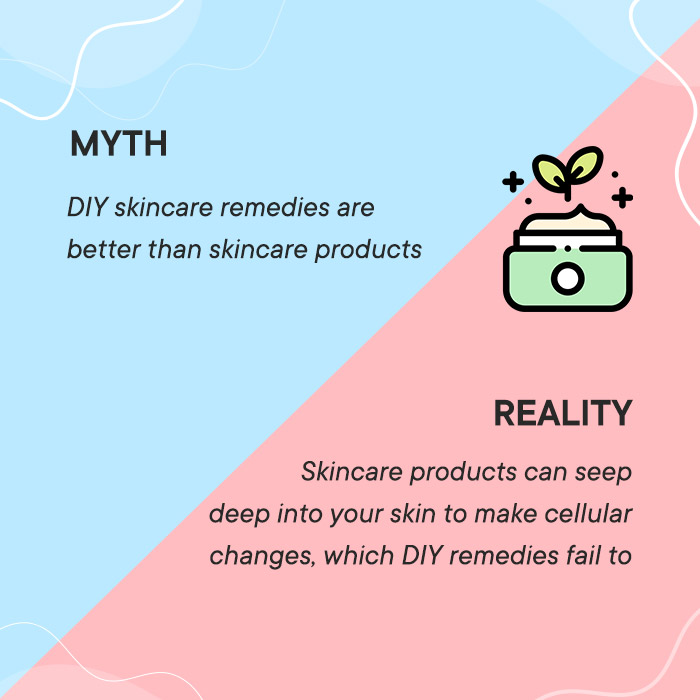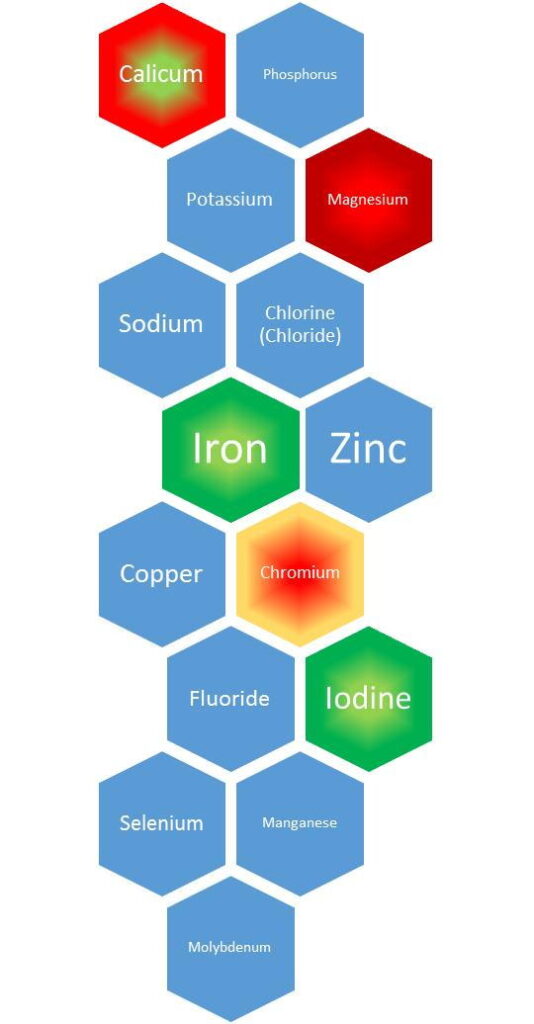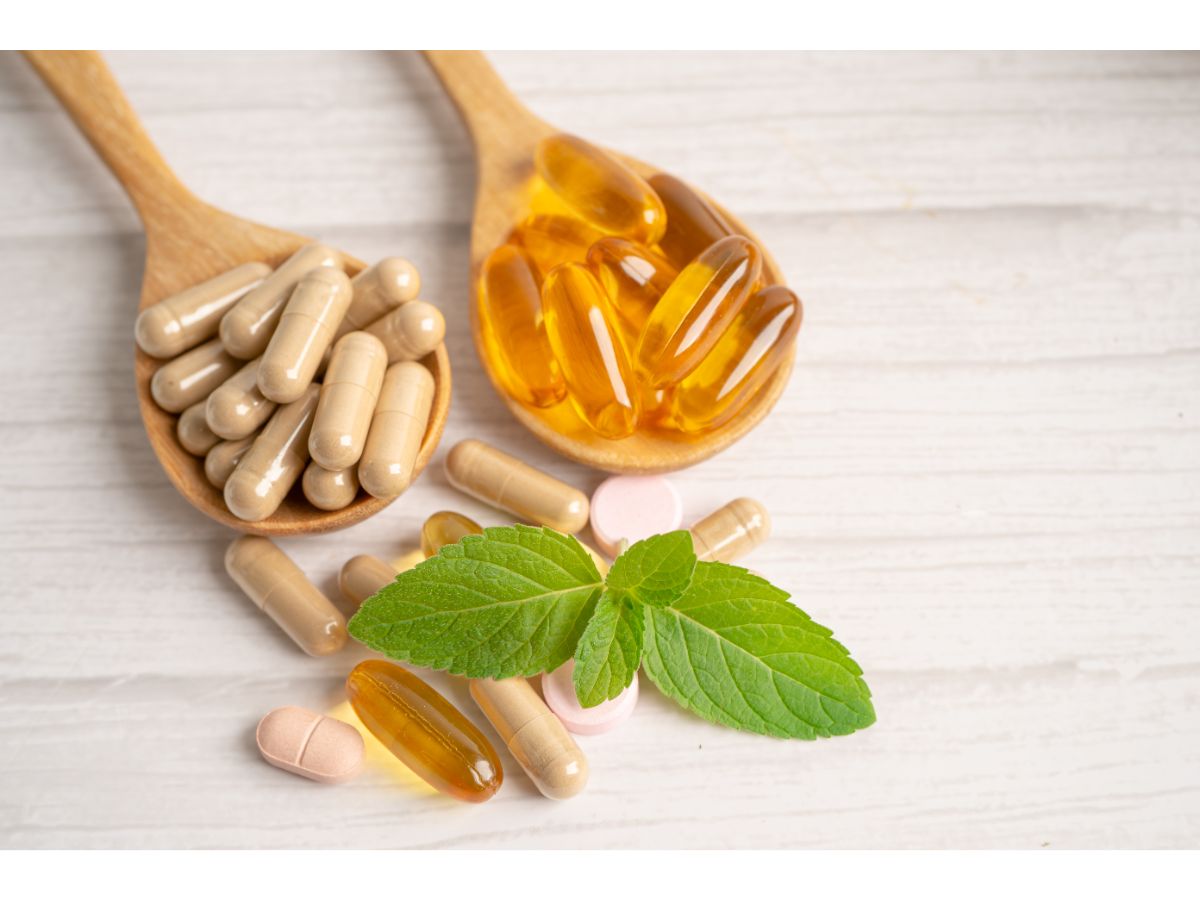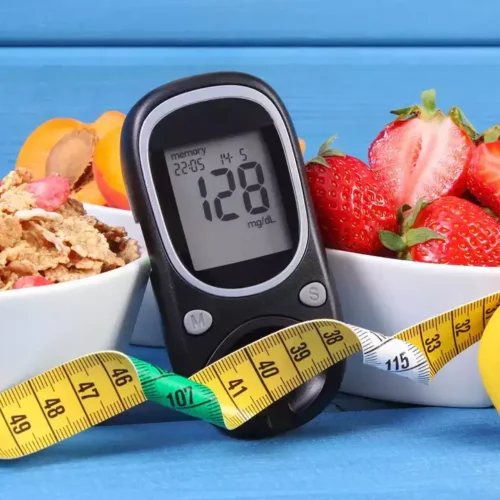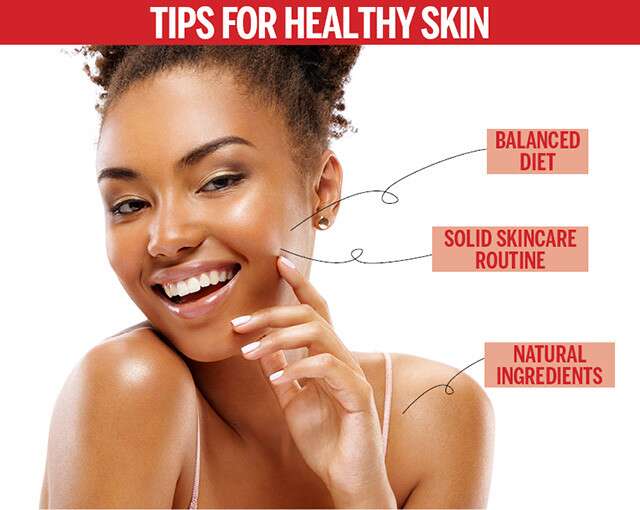
What is skin health and why is it important?
Why skin health matters
Did you know that your skin is your body’s largest organ?
It serves many different roles and purposes, the most important being to protect your body from external dangers such as bacteria, chemicals, foreign objects, dirt, temperature or UV rays from the sun.
The nerves in your skin also give your brain important information about things you come into contact with. Is an object hot, cold, soft, hard, blunt or sharp? The knowledge gathered by your skin can quite literally be lifesaving.
And that’s not all. Your skin plays a key role in regulating your body fluids and temperature. It can help to prevent excess fluid loss but also remove excess water and salt. In addition, it’s your first defence against disease and infection, and even protects your internal organs from injury.
With so much work to do, your skin needs care and attention to ensure that it’s as healthy as possible.
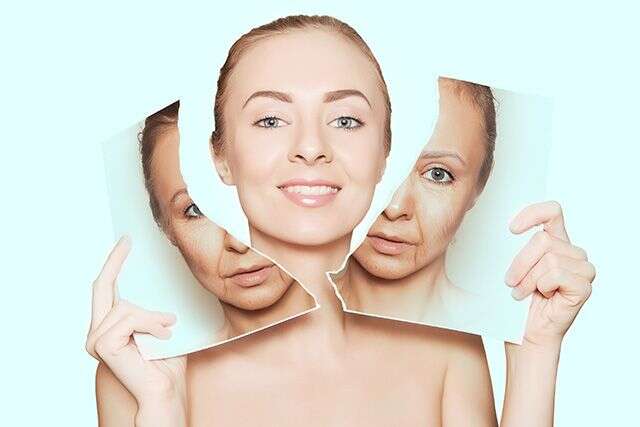
Understanding the structure of your skin
You might find it helpful to understand a bit more about the structure of healthy skin and why each element is important.
Your skin has three main layers:
The Epidermis is the outermost layer and is about the thickness of a piece of paper; it’s this layer that creates our skin tone and acts as the first line of defence against external threats.
The middle layer is the dermis, which contains connective tissue, blood vessels, nerves, hair follicles, sebaceous (oil) glands and sweat glands. These all play a crucial role in regulating the temperature of your skin and body.
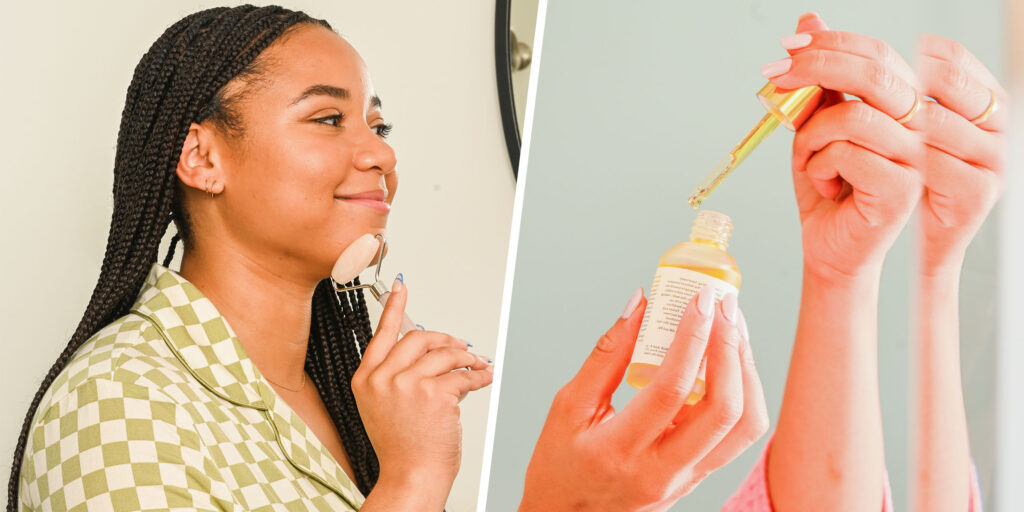
The thickness of the dermis depends on where the skin is on your body (your eyelids are thin and delicate, whereas the dermis on your back can be up to half an inch thick!)
You’ve probably heard of collagen and elastin as they’re key ingredients of many skin and facial aesthetic treatments. Both of these are proteins found in the dermis that provide support and elasticity to the skin. Factors such as ageing or exposure to the sun’s UV rays break down these proteins, causing the skin to begin to wrinkle and lose its youthful firmness.
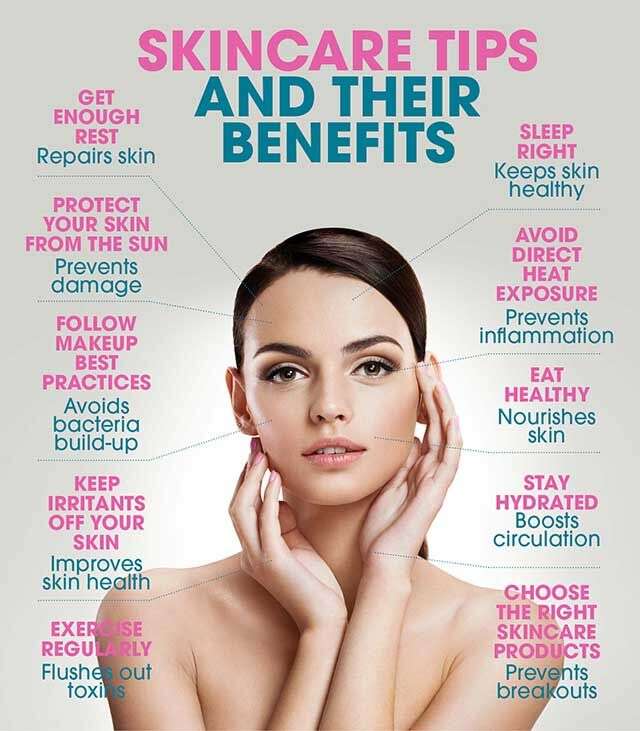
The tissue fibres in the dermis are embedded in a gel-like substance containing hyaluronic acid, which helps the skin maintain its volume and stay hydrated – aesthetic treatments such as dermal fillers and Profhilo harness the benefits of hyaluronic acid.
Beneath this is the hypodermis (aka the subcutaneous layer), which contains a layer of fatty tissue that nourishes the dermis and epidermis. This insulating layer also helps to conserve your body heat and protect your internal organs from trauma.

Skin health in brief
In a world where we’re constantly surrounded by filtered pictures, it can be hard not to have high expectations for our skin. It’s important to acknowledge that each one of us is perfectly imperfect which makes us unique!
Our skin has different layers and structures which change over time. This is completely natural and can include acne, pigmentation, wrinkles, or sagging. The extent to which these structures form is influenced by both internal (endogenous) and external (exogenous) factors.
Factors that affect skin
Internal factors include genetics, hormones, and aging. Often, these factors are out of our control.
External factors include skincare, diet, and lifestyle. More often, these factors are within our control.
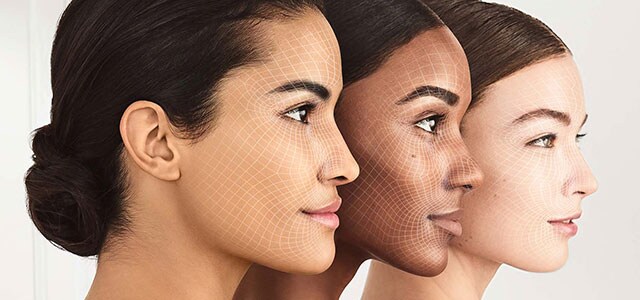
To some extent, we can target or slow down the formation of undesirable skin conditions by limiting exposure to the following exogenous factors that impact our skin:
Ultraviolet (UV) rays: energy rays emitted by the sun (wear sunscreen!) and sources such as lasers or tanning beds. They can penetrate the skin which causes damage and may promote premature aging.
Pollution: such as environmental air pollutants or smoking has been associated with signs of aging, pigmentation, and dryer skin.
Sleep deprivation: not getting enough may promote darker undereye pigmentation and changes in complexion.
Stress: both acute and chronic stress can aggravate the skin and worsen skin conditions such as acne, psoriasis, and eczema.
Poor nutrition: nutrient-poor diets can lead to inflammation, breakouts, and premature aging of the skin. The power of plants to promote skin health is promising as they may help lower inflammation, support skin structures, and defend against damage. Enjoying a variety of wholesome foods is nourishing for the body, including our skin. Let’s explore this further.
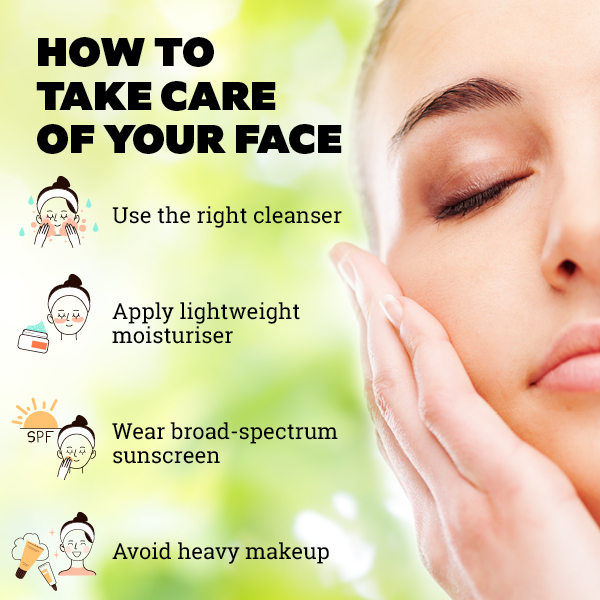
Unmasking Skincare Facts and Myths You Need to Know
Most of you will be keen on improving your appearance and following a strict skincare regime to flaunt healthy skin. During your hunt for skincare tips, you will have come across a multitude of information on what work works and what wouldn’t.
Every beauty magazine, article, or beauty product will suggest that following different practices will be best for your skin. These can be confusing, and choosing the right product that best suits your skin can become arduous. Fret not. We are here to help. Donning our detective hats, we try to clear up those common myths and underrated facts surrounding the beauty world to find definitive answers.
Myth #1: The More Expensive the Product, The Better It Works
The common misconception is that choosing premium skincare products from a popular brand with an expensive price tag will work wonders for your skin. The price range of a product doesn’t determine its effectiveness.
Fact: Most of the time, you will find that an affordable skincare product might work well for your skin compared to its pricey counterparts. The effectiveness of a skin product is determined by the quality of its powerful ingredients and not by the price range.
Myth #2: Natural Skincare Products Are Always Safe and Effective
While it’s good that people are becoming aware of the significance of maintaining skin health and using chemical-free products, are they well-informed? There is a growing demand for natural skin care products among buyers in their pursuit of maintaining chemical-free skin.
Fact: Although natural products might have natural organic ingredients, they might not ensure healthy skin. Sometimes, a few natural ingredients might not suit your skin type and may lead to allergic reactions or irritations, unlike chemical-based products.
Myth #3: Acne Only Affects Teenagers
Acne breakouts are always linked to the puberty stage of teenagers to portray it as a passage to adulthood. This might be due to the changes in hormonal level levels in their body may cause acne. Teenagers use products containing benzoyl peroxide or salicylic acid to get rid of acne. However, they stop using these skincare products as soon as they grow into adults, thinking acne wouldn’t reappear.
Fact: American Academy of Dermatology states that around 50 million adults in America have acne. This indicates that acne affects teenagers and can cause breakouts in adults too. Excess oil secretion, poor diet, genetics, hormone changes, and work stress can trigger adult acne. If you are an adult suffering from frequent acne breakouts, seek professional help immediately. You can use products with clay, tea tree oil, charcoal, green tea, and beta-hydroxy acids to maintain flawless skin.
Myth #4: The More You Scrub, The Cleaner Your Skin Will Be
While growing up, you might have heard from your grandmother or mother that you must scrub well to have flawless skin. However, too much scrubbing of your skin can deprive it of its natural oils, dry it, and irritate it.
Fact: While scrubs are a great way to exfoliate the skin to remove dirt, grime, and dead cells, overdoing it can cause damage to the skin’s protective layer. The harsh particles in the scrub cause abrasions. It can make your skin prone to infections and irritations, which might lead to scars and discoloration. Follow a gentle exfoliation session using a mild scrub with gel beads to prevent skin irritations.
